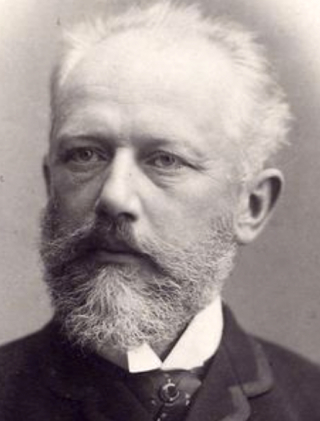
The black-and-white television in the corner of the café was playing The African Queen which even then was an ancient classic. I was more interested in the steaming plates of Spaghetti Bolognese, which the owner assured us was the single remaining item on the menu at that time of the evening. Admittedly it was a bit late but the lashing, unforgiving rain in the square outside and the shattering slate-falls of thunder made this forlorn café the only practical option. It was my first night in Venice and we were hungry. During the previous few days, I had driven with my companion in my trusty old Triumph 2000 from London, almost in a straight line through Northern France and over the Jura mountains, across Switzerland then through Bergamo and Verona to the Queen of the Adriatic.
This, I should add was a good many years ago and in those days Venice was approached by a narrow causeway carrying the road and railway. It led into a rather unprepossessing square containing an untidy assortment of dilapidated country buses, a few eating places and the entrance to cavernous, grotto-like car-park. After the much-needed meal, we scrambled aboard one of the local water-buses known as a vaporetto (“little steamer”), and splashed our way down the Grand Canal in the direction of the hotel. By this time, the rain and thunder had drifted inland, the air was clear and cool, the buildings on each side of the canal were illuminated and the grand waterway was busy with craft of all descriptions. It was like being an extra in some surreal riverine opera. But it was magic.
A hundred years earlier, Peter Tchaikovsky had come this way. Between 1872 and 1881 he made the trip to Venice five times and “wandered far and wide”, visiting “three churches with pictures by Titian and Tintoretto, statues by Canova, and all sorts of aesthetic treasures.” He must have been in his element and probably even enjoyed a few platefuls of Spaghetti Bolognese.
Pyotr Tchaikovsky (1840-1893): Capriccio Italien Op 45. Orquesta Sinfonica de Galicia cond. Jesús López Cobos (Duration: 18:40; Video: 1080p HD)
Youtube: Capriccio Italien Op 45
This fantasy for orchestra was composed in May 1880 and inspired by the composer’s trip not to Venice, but to Rome. He’d gone there with his brother Modest largely to take a break from his disastrous marriage. In Rome, Tchaikovsky started sketching out the Capriccio using folk melodies and the sounds he heard on the streets. He was confident of the work’s eventual success and wrote to a friend that he believed “a good fortune may be predicted.” He was right.
The work has become one of the composer’s most popular works. It’s colourful, brash and dance-like and reveals Tchaikovsky’s innate skills at knowing how to produce brilliant orchestral effects. The bugle call at the beginning is an echo of the daily fanfares Tchaikovsky heard from his rooms at the Hotel Constanzi, which was next-door to a military barracks. The work is full of drama, suspense, masterful use of silence and some splendid tunes, a few of which might seem familiar. There are also joyful moments of bright sunshine and the work must have warmed many a Russian heart at its first performance in 1880, one cold December evening in Moscow.
Edward Elgar (1857-1934): In the South (Alassio) Op 50. Chicago Youth Symphony Orchestra cond. Allen Tinkham (Duration: 21:15; Video: 1080p HD)
Youtube: In the South (Alassio) Op 50
By 1903, Edward Elgar had become a national figure thanks partly to his orchestral work Enigma Variations, the choral work The Dream of Gerontius and the first of his Pomp and Circumstance marches. The royalties and commissions were rolling in, and Elgar was financially secure enough to take his wife on a relaxing winter holiday in Italy. Like Tchaikovsky, he needed a break too; not from his wife but from the relentless composing. They headed for the fashionable resort town of Alassio, midway between Nice and Genoa. Much of the time was spent walking, visiting local sights and fulfilling social obligations. But Elgar was also working. He mentally roughed out a concert overture, remarking in a letter that the only remaining task was to write the work down. This took rather longer than he expected. Back in London, the première was to have been conducted by Hans Richter but Elgar didn’t have the score ready in time, with the result that Elgar was obliged to conduct the first performance himself.
It’s a bright and joyous tone poem; a picture-postcard kind of work with many musical references to local sights and sounds. There are pastoral scenes of a shepherd and his flock and more serious moments which (the composer explained) represent the conflicts and wars which were fought on Italian soil through the ages. But the music is pure Elgar and one of his sunniest and most attractive souvenirs of a warm and culturally rich country. It would have pleasing to tell you that the work also contains a musical description of Spaghetti Bolognese, but it doesn’t.
To watch these YouTube videos, either use your Smartphone to read the QR codes or go to this article online, click on the “live” links and go direct to the videos. If you have a laptop, sound quality can be improved significantly by using headphones or external speakers.





